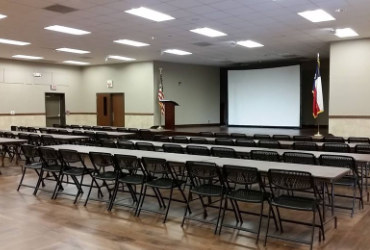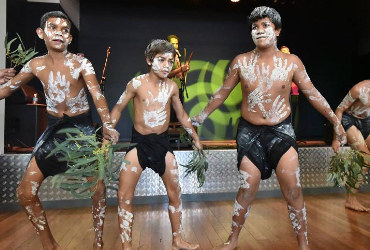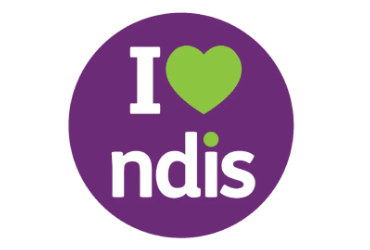
Articles
- Home
- Articles

Empowering Regional Youth: The Vital Role of Youth Centres in Regional Australia
In the picturesque landscapes of regional Australia, youth centres stand as beacons of hope, empowerment, and opportunity for the younger generation. These centres play a pivotal role in fostering the growth and development of young people in often isolated communities. In this article, we delve into the significance of youth centres in regional Australia and how they empower the youth to thrive.
Safe Havens for Learning and Growth
Youth centres are more than just physical spaces; they are safe havens where young people can learn, grow, and express themselves freely. These centres offer a wide range of programs and services that cater to the diverse needs and interests of regional youth, including:
Education and Tutoring: Many youth centres provide educational support, tutoring, and study spaces, helping young people excel in their studies and achieve their academic goals.
Skill Development: Workshops and vocational training programs equip youth with valuable life skills, enhancing their employability and future prospects.
Mental Health Support: In regional areas, access to mental health services can be limited. Youth centres offer counselling, peer support, and resources to address mental health challenges.
Recreation and Sports: Youth centres often host recreational activities and sports programs, promoting physical fitness, teamwork, and healthy lifestyles.
Arts and Culture: These centres encourage artistic expression through arts and cultural programs, nurturing creativity and self-expression.
Fostering a Sense of Belonging
One of the most significant contributions of youth centres is their ability to foster a sense of belonging among young people. In regional areas, where social isolation can be a challenge, these centres provide a welcoming and inclusive environment where youth can connect with peers who share similar interests and experiences.
Moreover, youth centres often engage in community-building activities, encouraging young people to take an active role in shaping their communities. This involvement instils a sense of ownership and pride in their hometowns, ultimately contributing to the overall well-being of regional areas.
Mentoring and Leadership Opportunities
Youth centres often serve as platforms for mentoring and leadership development. Through mentorship programs, young people can access guidance and support from experienced mentors, helping them navigate the challenges of adolescence and plan for their future.
Additionally, these centres provide leadership opportunities, allowing youth to take on roles in organizing events, leading initiatives, and giving back to their communities. These experiences build confidence and a sense of responsibility among young leaders.
Addressing Regional Challenges
Regional areas in Australia face unique challenges, including limited access to resources, employment opportunities, and cultural activities. Youth centres are instrumental in addressing these challenges by:
Employment Support: Offering job readiness programs, career counselling, and access to job listings to help young people secure meaningful employment.
Cultural Enrichment: Providing opportunities for cultural exchange, heritage preservation, and access to arts and cultural events that enrich the lives of regional youth.
Community Engagement: Youth centres often engage in community service projects, fostering a sense of civic responsibility among young people.
Reducing Risk Behaviours: By offering a safe and supervised environment, these centres help reduce the likelihood of youth engaging in risky behaviours and negative influences.
In Conclusion
Youth centres in regional Australia are vital catalysts for positive change and growth among young people. They offer support, mentorship, and opportunities that empower youth to overcome challenges, achieve their aspirations, and become active contributors to their communities.
As we celebrate the importance of these centres, it becomes evident that they are not just places where young people gather; they are nurturing grounds for future leaders, innovators, and community builders. Their impact extends beyond individual development, shaping the future of regional Australia by empowering its most valuable asset: its youth.




